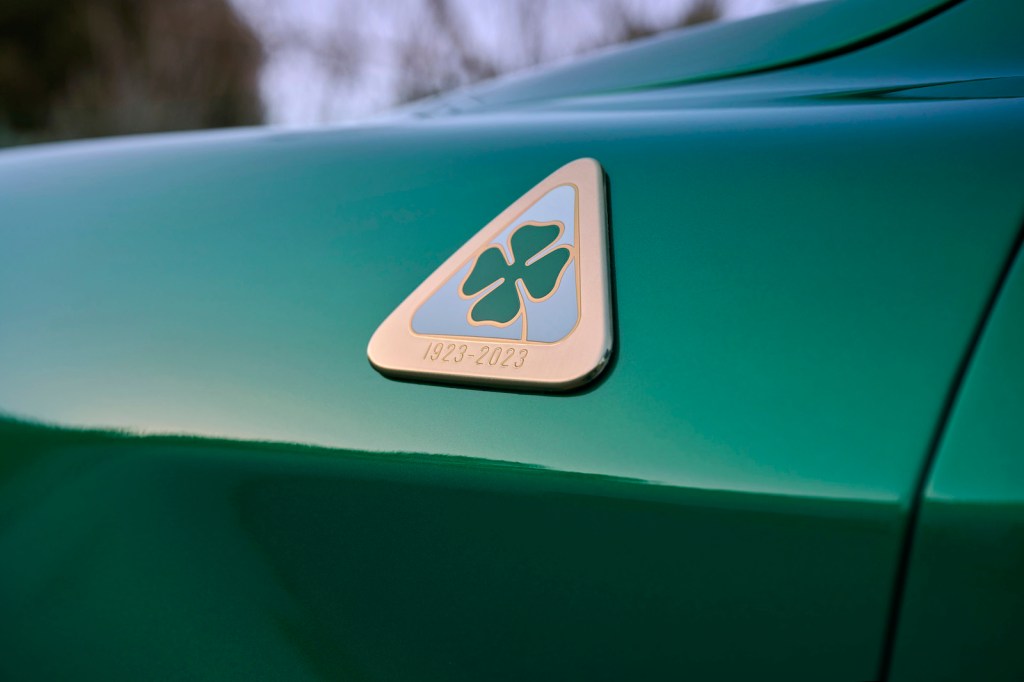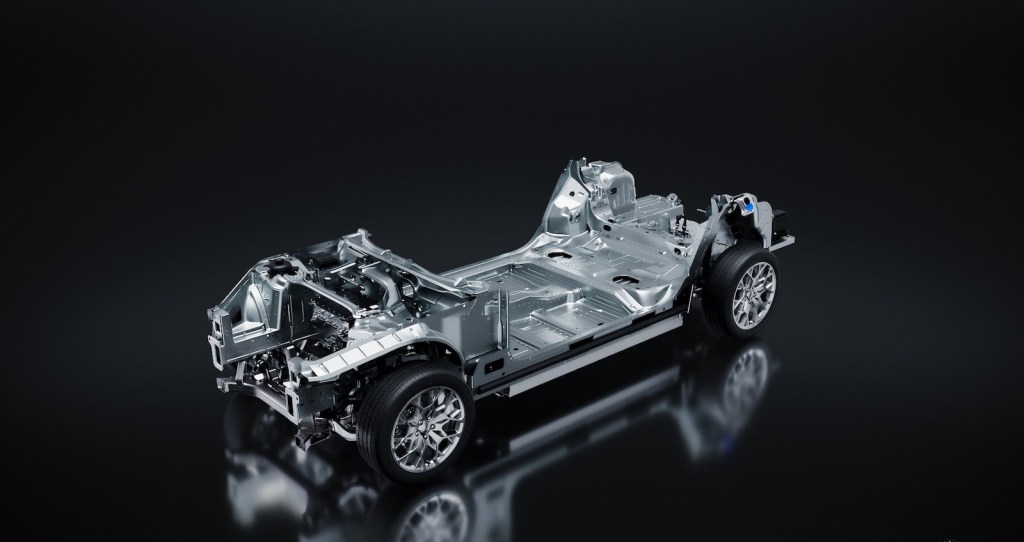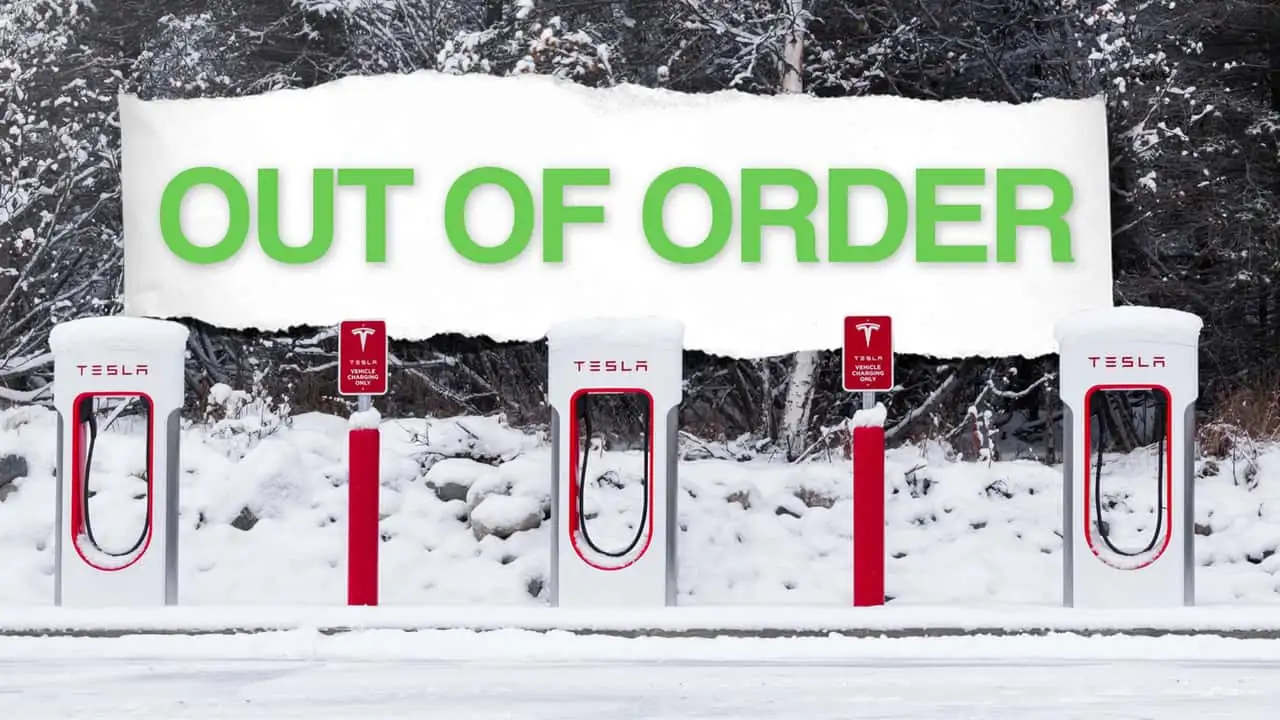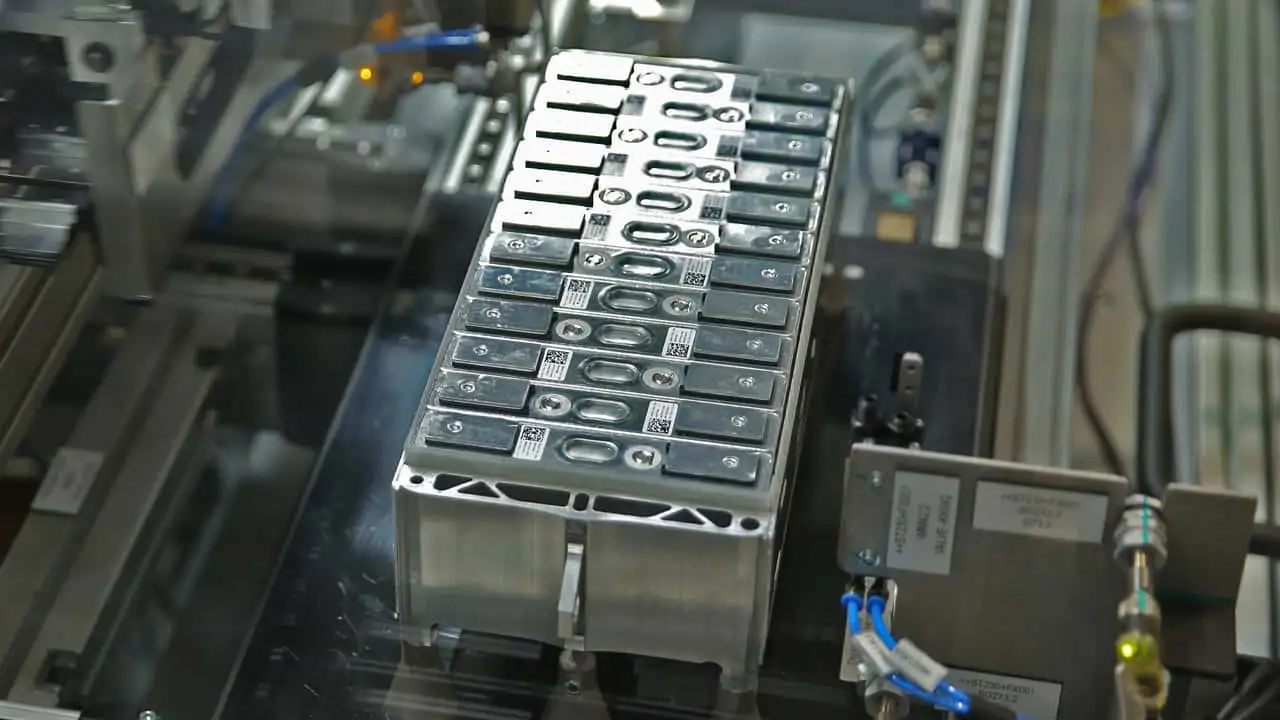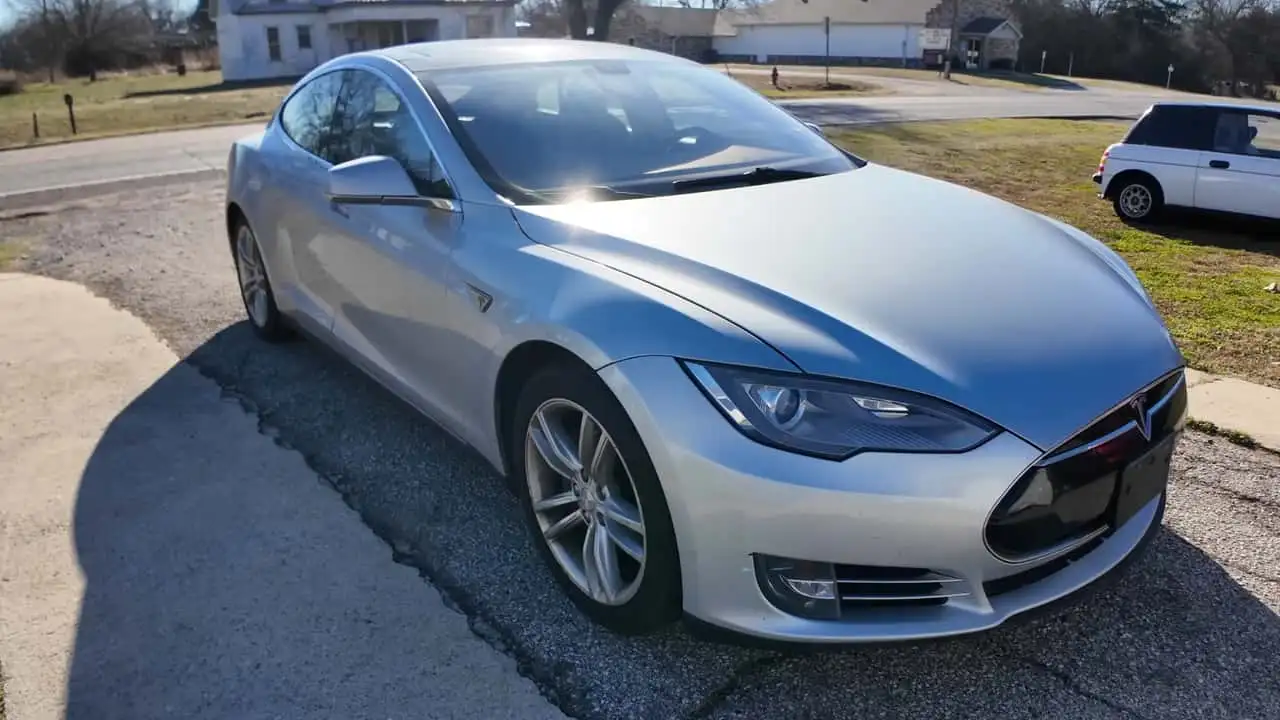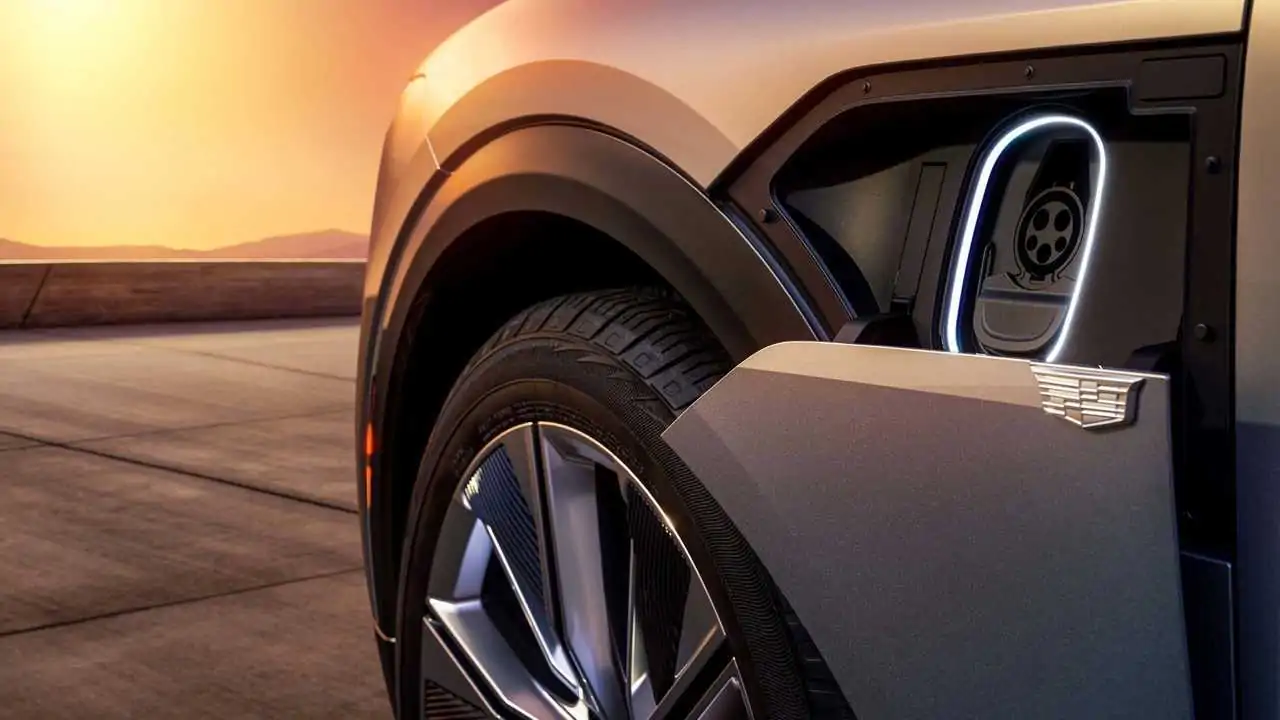Home Charging for EVs: Convenience and Efficiency
Home charging remains the most straightforward and convenient method for powering electric vehicles. Utilizing a standard 120-volt outlet, known as Level 1 charging, is sufficient for overnight use despite the slower charge rate. For quicker refueling, upgrading to a 240-volt setup, referred to as Level 2 charging, is recommended. This enhancement not only shortens the charging duration to about six to eight hours but could also be cost-effective long-term due to various state-level incentives for installation.
Public Charging Enhancements and Accessibility
With the rise in EV adoption, the infrastructure for public charging stations has expanded significantly. These facilities are now more prevalent in shopping centers, urban districts, and along key travel corridors, offering both Level 2 and fast-charging Level 3 options. The faster Level 3 charging can boost an EV’s battery to 80% capacity in roughly 30 minutes. It’s essential for EV owners to ensure their vehicles are compatible with the charging stations’ connectors, with some requiring adapters, notably within proprietary networks like Tesla’s Supercharger.
Workplace Charging: A Growing Employee Perk
Charging facilities at workplaces are becoming increasingly common, which is a significant benefit for EV owners. Many corporations are now providing Level 2 charging stations, allowing employees to conveniently charge their vehicles throughout the workday. This amenity is on the rise as businesses recognize the importance of fostering sustainable practices and attracting environmentally conscious staff. Financial incentives offered by some states further encourage the installation of these facilities.
Maximizing EV Charging Efficiency: Tips and Tricks
- Charging Level Insights: Knowing the distinctions among Level 1, Level 2, and Level 3 charging can guide you in choosing the optimal charging strategy to suit your daily demands and vehicle specifications.
- Cost-Effective Home Charging: If your electricity provider offers reduced rates during off-peak times, schedule your charging accordingly to enhance cost-efficiency.
- Navigating Long-Distance Travel: For extended journeys, planning routes that include access to fast-charging stations is crucial. Utilizing apps like PlugShare ensures that you can find compatible stations and maintain seamless travel.
This guide aims to arm EV owners in Missouri and beyond with detailed knowledge of their charging options, helping them make informed decisions to optimize their vehicle use and integrate effectively into their lifestyle.

